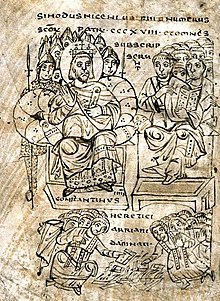It can be suggested that the people of Palestine, including Jesus and the disciples, were multi-lingual.
Since no recordings of speeches or conversations exist, we have to turn to written words. Epigraphy (the study and interpretation of ancient inscriptions) comes to our rescue. Public inscriptions were displayed to instruct the public in some way, so they would be inscribed in a language the local people understood. Private inscriptions, such as those on tombs and graves, were more private and personal. but still meant to be readable by those passing by. What language(s) do these documents in stone use?
Professor Lee Levine in his 1998 study (note1) assessing the impact of Greek culture on Jewish thought, lists the percentage of funerary inscriptions in Greek in various cities.
In second temple Jerusalem: 35% in Greek.
In Bet She'arim (Note 2): 78% in Greek.
In Jaffa (Note 3): 90% in Greek
And for comparison, in Rome: 78% in Greek
Draw your own conclusions.
-------------------------------------------------------------------------------------------------------------------------
Note 1: The book cited is "Judaism & Hellenism in Antiquity," (1998, University of Washington Press) Professor Lee I. Levine, teaches at The Institute of Archeology, Hebrew University of Jerusalem, and is a noted Jewish scholar, if anyone has doubts as to whether he may know what he's talking about, please check his list of publications: http://archaeology.huji.ac.il/depart/classical/leel/publications.asp
----------------------------------------------------------------------------------------------------------------------------
Note 2: Bet She'arim. An archeological site, with a large number of tombs, located in the southern section of Lower Galilee. It is now a world heritage site, described as follows:
The town's vast necropolis, carved out of soft limestone, contains more than 30 burial cave systems. Although only a portion of the necropolis has been excavated, it has been likened to a book inscribed in stone. Its catacombs, mausoleums, and sarcophagi are adorned with elaborate symbols and figures as well as an impressive quantity of incised and painted inscriptions in Hebrew, Aramaic, Palmyrene, and Greek, documenting two centuries of historical and cultural achievement. The wealth of artistic adornments contained in this, the most ancient extensive Jewish cemetery in the world, is unparalleled anywhere. Link: https://en.wikipedia.org/wiki/Beit_She%27arim_National_Park
Most of the tombs date from the second century.

The entrance to the cave of coffins.
------------------------------------------------------------------------------------------------------------------------------
Note 3: Jaffa. The oldest part of the city now known as Tel Aviv.

